In this article, we will explore some of the exciting experimental photography techniques that are revolutionizing the art of capturing images.
Double Exposure
One technique that has gained immense popularity in recent years is double exposure. With this technique, photographers can merge two or more images to create hauntingly beautiful compositions. By combining different subjects, colors, and textures, photographers can convey a powerful message or evoke strong emotions in viewers. Double exposure allows for the creation of unique and visually striking images that leave a lasting impact.
Key Takeaways:
- Double exposure merges multiple images to create captivating compositions.
- It allows photographers to convey powerful messages and evoke strong emotions.
- Unique and visually striking images can leave a lasting impact on viewers.
Light Painting
Light painting is another experimental technique that involves using different light sources to create beautiful and abstract images. By moving a light source while the camera’s shutter is open, photographers can paint with light, resulting in mesmerizing trails and patterns. This technique offers endless creative possibilities, allowing photographers to use various light tools and colors to produce stunning effects. Light painting is often used in night photography and can transform ordinary scenes into ethereal works of art.
Key Takeaways:
- Light painting involves using different light sources to create abstract images.
- Moving a light source while the shutter is open produces mesmerizing light trails and patterns.
- Endless creative possibilities arise from using various light tools and colors.
High-Speed Photography
High-speed photography is all about capturing moments that are too fast for the human eye to perceive. With the use of specialized equipment like strobe lights and fast shutter speed, photographers freeze motion and capture split-second actions. This technique has revolutionized the way we perceive movement, allowing the viewer to appreciate the intricacies of sports, nature, and other fast-paced events. High-speed photography is utilized in various fields, including scientific research, wildlife photography, and sports journalism.
Key Takeaways:
- High-speed photography captures fast-moving moments invisible to the human eye.
- Specialized equipment like strobe lights and fast shutter speed is used.
- Enables appreciation of the intricacies of sports, nature, and other fast-paced events.
Infrared Photography
Infrared photography unveils a hidden world by capturing light that lies beyond the visible spectrum. By using infrared filters or specialized cameras, photographers are able to create surreal and dreamlike images by highlighting the heat signatures and invisible light that surround us. This technique adds a unique twist to traditional photography, offering a fresh perspective and transforming ordinary scenes into otherworldly landscapes.
Key Takeaways:
- Infrared photography captures light beyond the visible spectrum.
- Using specialized cameras or filters unveils a surreal and dreamlike world.
- Highlights the heat signatures and invisible light in the environment.
Creative Lens Techniques
While lenses are typically designed for clear and sharp images, photographers have discovered creative ways to manipulate them to produce intriguing effects. Lens techniques like tilt-shift, lensball photography, and freelensing offer unique perspectives and transform ordinary scenes into miniature or distorted worlds. By exploring these techniques, photographers can bring their images to life in imaginative and unexpected ways.
Key Takeaways:
- Creative lens techniques transform ordinary scenes into miniature or distorted worlds.
- Techniques like tilt-shift, lensball photography, and freelensing provide unique perspectives.
- Brings images to life in imaginative and unexpected ways.
The Art of Experimentation
As technology continues to advance, photographers have endless opportunities to experiment and push the boundaries of traditional photography. The aforementioned techniques are just a few examples of the innovative possibilities that await those willing to explore and push their creative limits. By embracing experimental techniques, photographers can create compelling visual narratives and captivate audiences in ways never imagined before.
In Conclusion
Experimental photography techniques have revolutionized the art of capturing images, offering photographers new ways to express their creativity and push the boundaries. Whether through double exposure, light painting, high-speed photography, infrared photography, or creative lens techniques, photographers are able to create unique and visually striking compositions. By embracing experimentation, photographers can bring their visions to life in unimaginable ways and leave a lasting impact on viewers.

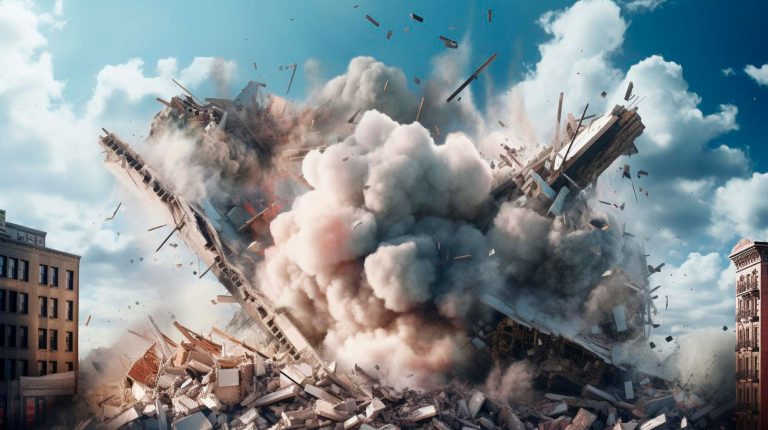
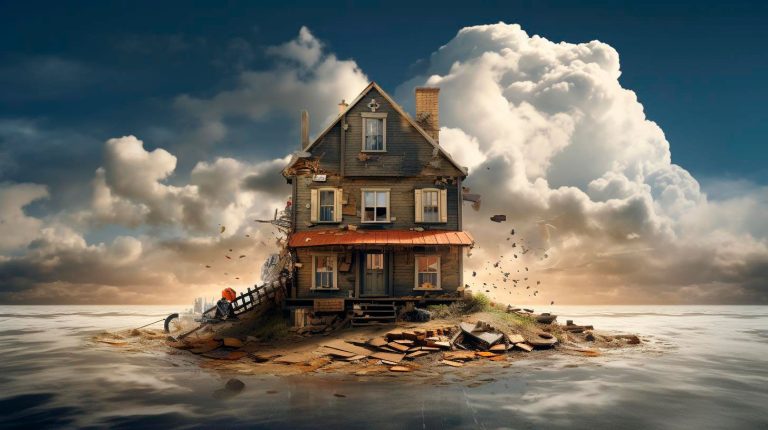
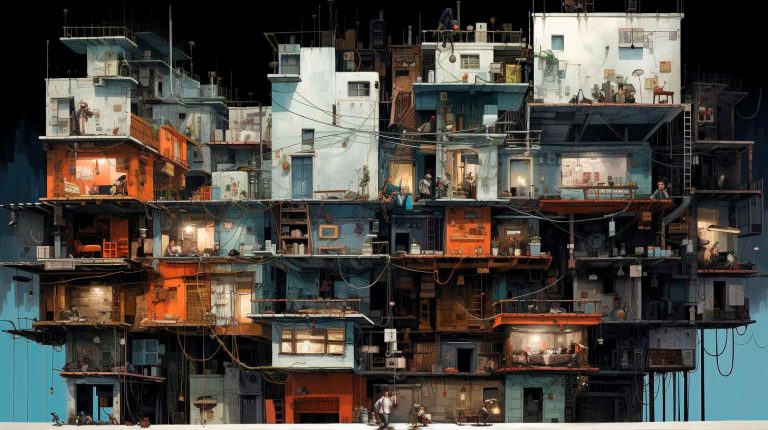
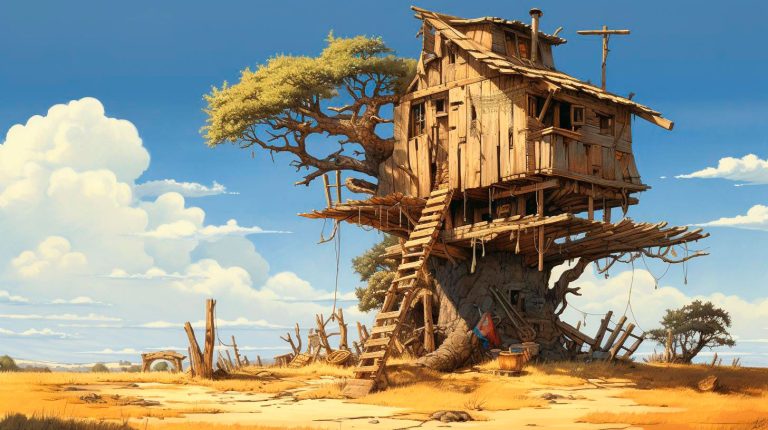
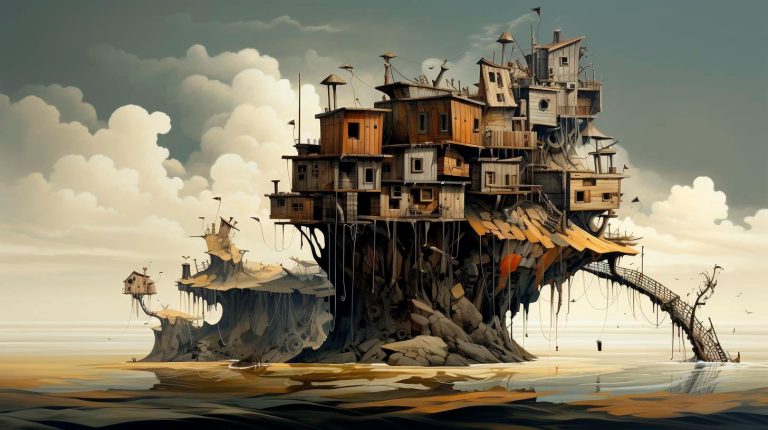

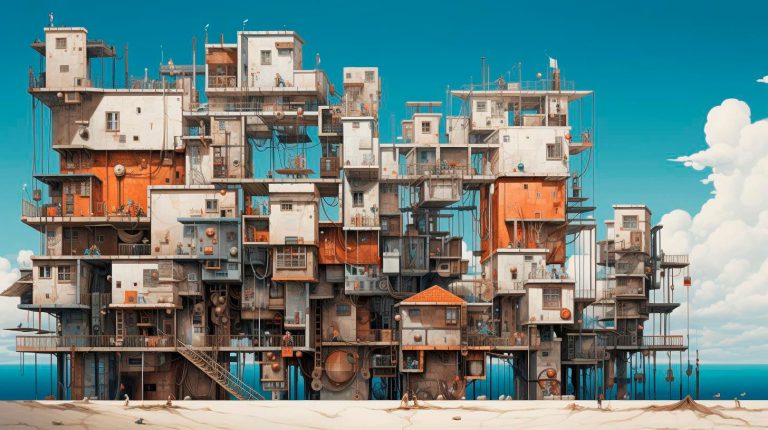
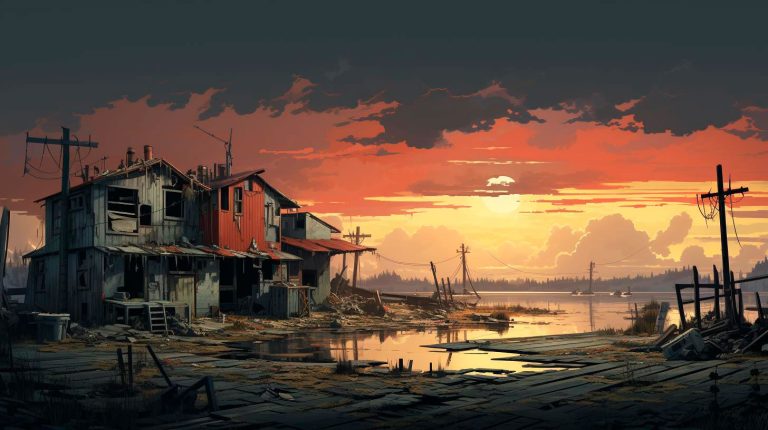

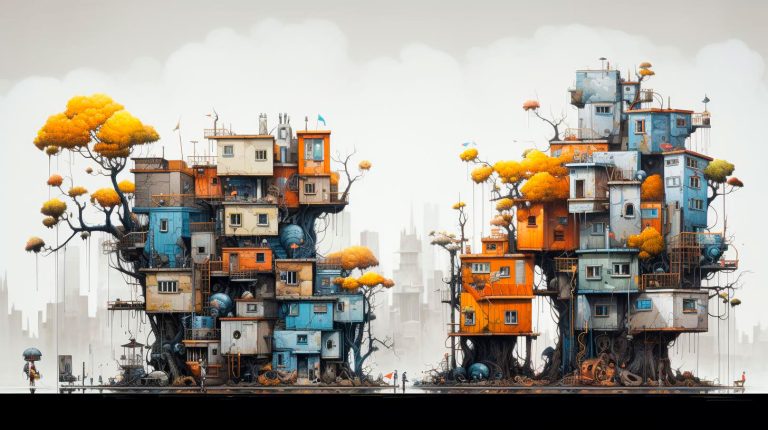
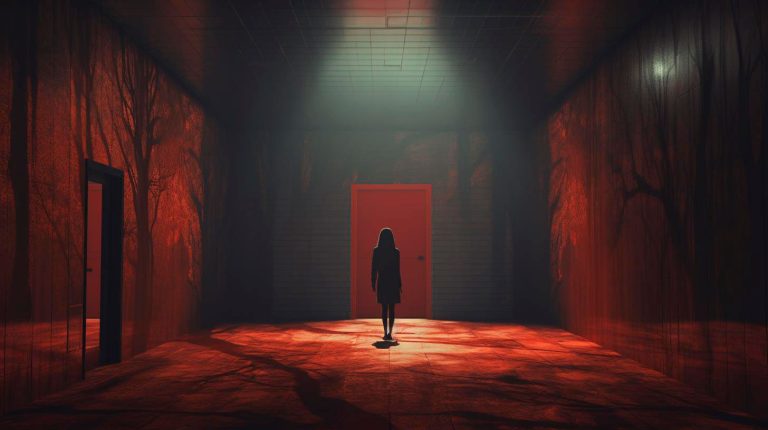

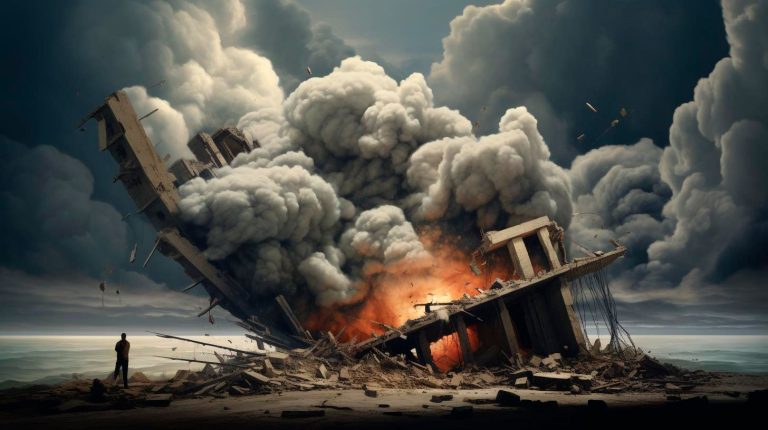








+ There are no comments
Add yours